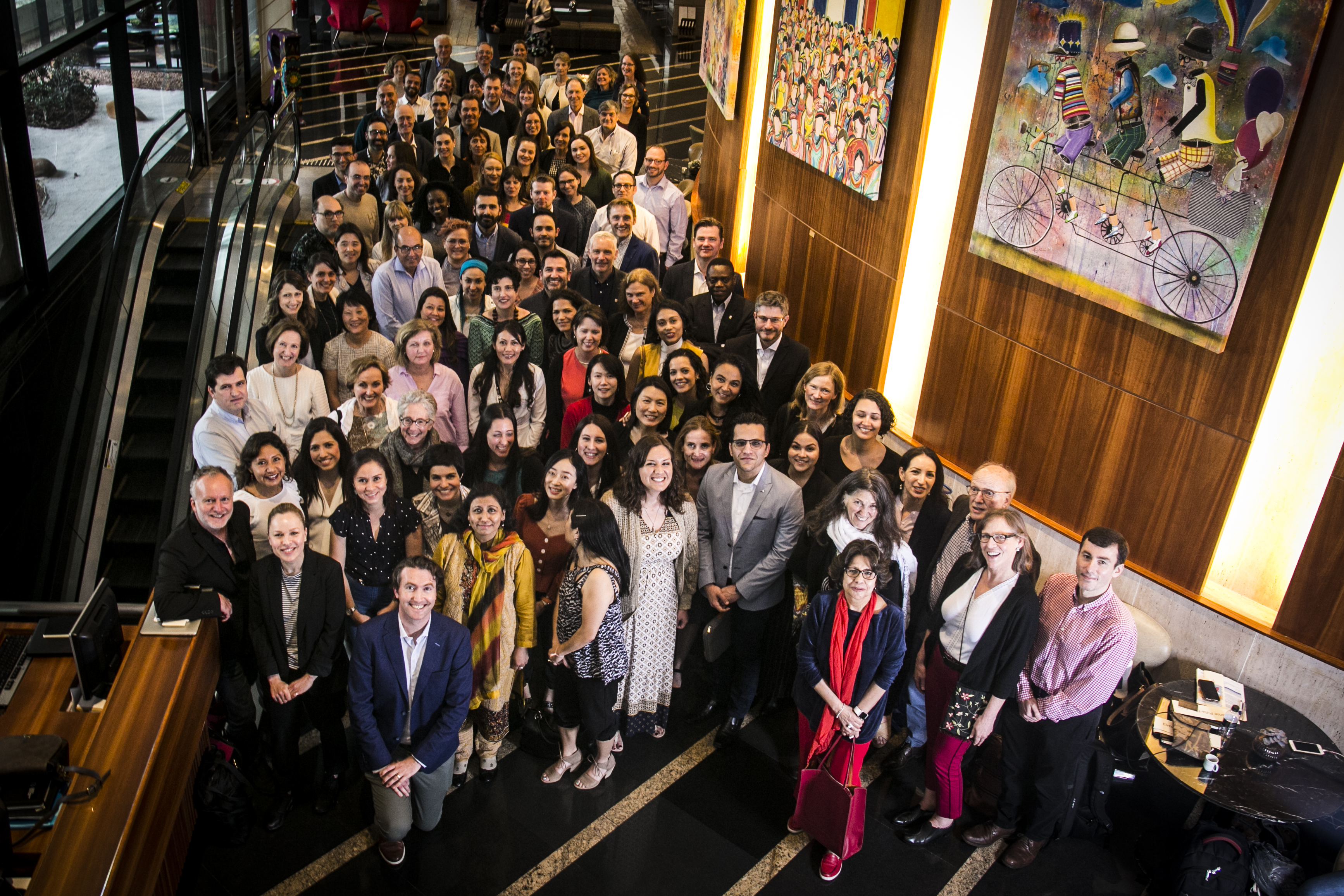Social and Physical Environments Influence the Rate of Brain Aging and Dementia Risk
Atlantic Fellows Sebastian Moguilner, Sandra Baez, and Agustín Ibáñez introduce a novel technique to understand how our brain’s biological age is influenced by a range of factors, including diseases, social conditions, and environmental exposures.

Measuring Brain Aging Using Brain Clocks
The rate at which the brain ages can vary greatly between people, leading to a difference between the brain's biological age and a person's actual age. This variation may be influenced by various factors, including physical aspects like pollution and social factors such as socioeconomic or health inequalities, especially in the context of aging and dementia.
Working with an international team, we recently published a study in Nature Medicine, where we introduced new methods to measure brain aging using brain clocks. These methods use deep learning to analyze brain networks to estimate a person’s brain age. By comparing this estimated brain age with their actual age, we identified a brain age gap that could provide important insights into brain health.
Multimodal Diversity Influences Accelerated Brain Aging
Our study found people living in countries with more inequalities generally had older brain ages. This was observed in a diverse sample, including participants from both high-income and low- to middle-income countries. The fastest brain aging was seen in parts of the brain that are more sensitive to aging, particularly those related to connections between the front and back of the brain. Key factors like poverty, air pollution, and disease were significant predictors of increased brain age gaps, especially in Latin American and Caribbean (LAC) countries. People living with dementia, especially those with Alzheimer's disease, showed the largest brain age gaps. Additionally, females in LAC countries, particularly those with Alzheimer's, had greater brain age gaps, linked to biological and gender-related health and social disparities. These results were consistent across different signal qualities, demographics, and data collection methods, emphasizing the impact of environmental and social factors on brain health disparities.
Our findings have important implications for neuroscience and brain health, especially in understanding how environmental and social factors (the exposome) influence brain aging across different populations in both healthy aging and dementia. By integrating these diverse factors into brain health research, we developed advanced brain clocks, which helped us discover how environmental and socioeconomic factors can either accelerate or slow down brain aging. This opens new paths for personalized medicine, crucial for identifying people at risk of neurodegenerative diseases and developing targeted interventions.
Our study involved 5,306 participants from 15 countries, including both Latin American and Caribbean countries and other regions. We used data from functional magnetic resonance imaging and electroencephalography data to measure brain age gaps in healthy people as well as those with neurocognitive conditions like mild cognitive impairment, Alzheimer's disease, and frontotemporal lobe degeneration. Participants were recruited through the ReDLat and EuroLAD-EEG consortia and other international networks.
Your brain's age isn't just about how long you've lived—it's about where and how you live.
Our innovative approach using a large and diverse sample offers crucial insights for policymakers on how different exposures influence brain aging. The results underscore the need for public health policies to address socioeconomic inequality and environmental pollution in order to reduce brain age gaps and promote healthier aging globally.
Publication
Brain clocks capture diversity and disparities in aging and dementia across geographically diverse populations. Nature Medicine, 2024, https://doi.org/10.1038/s41591-024-03209-x
Authors

Sebastian Moguilner, PhD
Neuroscientist

Sandra Baez, PhD, MS
Neuroscientist, Neuropsychologist

Agustín Ibáñez, PhD
Neuroscientist


